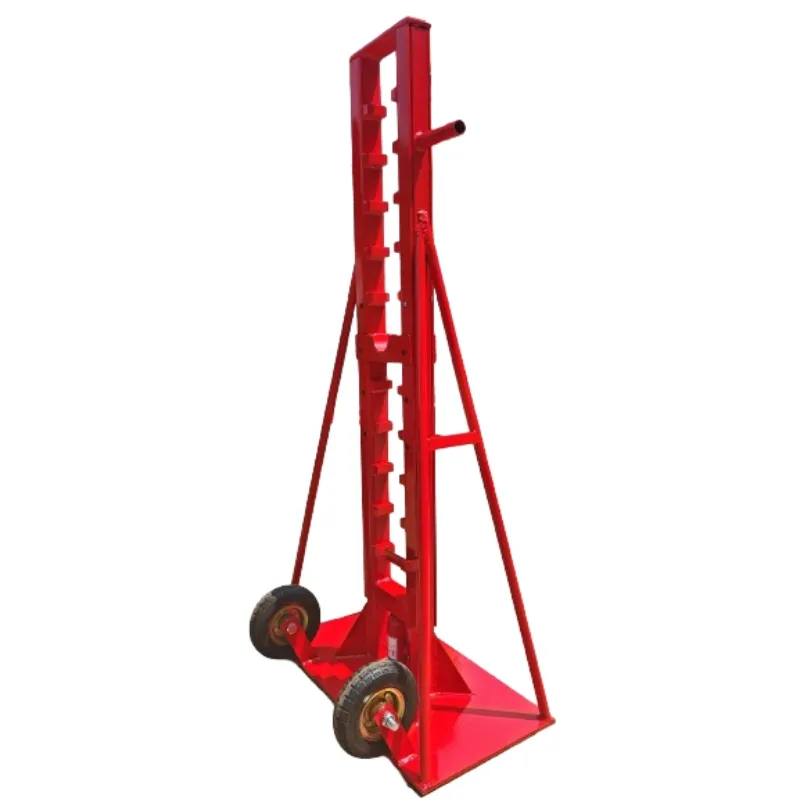
-
 Afrikaans
Afrikaans -
 Albanian
Albanian -
 Amharic
Amharic -
 Arabic
Arabic -
 Armenian
Armenian -
 Azerbaijani
Azerbaijani -
 Basque
Basque -
 Belarusian
Belarusian -
 Bengali
Bengali -
 Bosnian
Bosnian -
 Bulgarian
Bulgarian -
 Catalan
Catalan -
 Cebuano
Cebuano -
 Corsican
Corsican -
 Croatian
Croatian -
 Czech
Czech -
 Danish
Danish -
 Dutch
Dutch -
 English
English -
 Esperanto
Esperanto -
 Estonian
Estonian -
 Finnish
Finnish -
 French
French -
 Frisian
Frisian -
 Galician
Galician -
 Georgian
Georgian -
 German
German -
 Greek
Greek -
 Gujarati
Gujarati -
 Haitian Creole
Haitian Creole -
 hausa
hausa -
 hawaiian
hawaiian -
 Hebrew
Hebrew -
 Hindi
Hindi -
 Miao
Miao -
 Hungarian
Hungarian -
 Icelandic
Icelandic -
 igbo
igbo -
 Indonesian
Indonesian -
 irish
irish -
 Italian
Italian -
 Japanese
Japanese -
 Javanese
Javanese -
 Kannada
Kannada -
 kazakh
kazakh -
 Khmer
Khmer -
 Rwandese
Rwandese -
 Korean
Korean -
 Kurdish
Kurdish -
 Kyrgyz
Kyrgyz -
 Lao
Lao -
 Latin
Latin -
 Latvian
Latvian -
 Lithuanian
Lithuanian -
 Luxembourgish
Luxembourgish -
 Macedonian
Macedonian -
 Malgashi
Malgashi -
 Malay
Malay -
 Malayalam
Malayalam -
 Maltese
Maltese -
 Maori
Maori -
 Marathi
Marathi -
 Mongolian
Mongolian -
 Myanmar
Myanmar -
 Nepali
Nepali -
 Norwegian
Norwegian -
 Norwegian
Norwegian -
 Occitan
Occitan -
 Pashto
Pashto -
 Persian
Persian -
 Polish
Polish -
 Portuguese
Portuguese -
 Punjabi
Punjabi -
 Romanian
Romanian -
 Russian
Russian -
 Samoan
Samoan -
 Scottish Gaelic
Scottish Gaelic -
 Serbian
Serbian -
 Sesotho
Sesotho -
 Shona
Shona -
 Sindhi
Sindhi -
 Sinhala
Sinhala -
 Slovak
Slovak -
 Slovenian
Slovenian -
 Somali
Somali -
 Spanish
Spanish -
 Sundanese
Sundanese -
 Swahili
Swahili -
 Swedish
Swedish -
 Tagalog
Tagalog -
 Tajik
Tajik -
 Tamil
Tamil -
 Tatar
Tatar -
 Telugu
Telugu -
 Thai
Thai -
 Turkish
Turkish -
 Turkmen
Turkmen -
 Ukrainian
Ukrainian -
 Urdu
Urdu -
 Uighur
Uighur -
 Uzbek
Uzbek -
 Vietnamese
Vietnamese -
 Welsh
Welsh -
 Bantu
Bantu -
 Yiddish
Yiddish -
 Yoruba
Yoruba -
 Zulu
Zulu


Novemba . 29, 2024 21:23 Back to list
Electrical Safety Practices for Working with Hot Sticks in High Voltage Environments
Hot Stick Electrical Safety Ensuring Employee Protection
In the world of electrical work, safety is paramount, and the use of hot sticks is an essential component in maintaining that safety. Hot sticks, also known as insulating sticks or live-line tools, are specialized equipment used by utility workers to perform tasks on energized power lines from a distance. These tools allow workers to avoid direct contact with high-voltage components, significantly reducing the risk of electrical accidents. However, understanding and adhering to hot stick electrical safety protocols is crucial to ensure not only the safety of the workers but also the reliability of electrical services.
First and foremost, proper training is essential for all personnel involved in working with hot sticks. Workers must be knowledgeable about the specific tools they use, including their construction, operation, limits, and maintenance. Training should include hands-on practice under the supervision of experienced trainers, as well as theoretical knowledge about electrical hazards, equipment grounding, and personal protective equipment (PPE). Regular refresher courses are also recommended to keep safety practices current and to cover any updates in safety regulations.
Inspection of hot sticks before each use is critical. Workers should conduct thorough visual checks for any signs of damage, deterioration, or contamination. Since hot sticks are often subjected to extreme environmental conditions, even minor imperfections can lead to catastrophic failures. It is important to verify that the sticks are rated for the voltage levels of the tasks being performed. If any abnormalities are observed, the hot stick should be removed from service immediately and repaired or replaced.
hot stick electrical safety

When using hot sticks, maintaining a safe distance from live electrical components is vital. Workers must be trained to keep the hot sticks parallel to the lines and avoid swinging them, which could cause accidental contact. Additionally, it is essential to maintain a clear working area to prevent any obstruction that might interfere with the task at hand.
Personal protective equipment should not be overlooked. While hot sticks provide a level of insulation, workers must also wear protective gear, including arc-rated clothing, gloves, and helmets. These items provide an additional layer of protection against the risks associated with electrical work.
Finally, communication plays a key role in hot stick safety. Workers should consistently use clear and concise communication methods—such as radio communication or hand signals—especially when working as part of a team. A coordinated approach helps to ensure that everyone is aware of their immediate surroundings and can respond quickly to any potential hazards.
In conclusion, hot stick electrical safety is integral to the protection of utility workers. Through comprehensive training, thorough inspections, proper use, personal protective equipment, and effective communication, the risks associated with working on live electrical systems can be significantly minimized. Prioritizing these safety measures not only safeguards workers but also enhances the reliability of electrical services for the community.
Latest news
What Are Construction Tools and How Are They Used?
NewsJul.11,2025
Professional-Grade Duct Rodding Tools for Superior Cable Installation
NewsJul.11,2025
Enhancing Safety and Efficiency with Modern Hot Stick Solutions
NewsJul.11,2025
Empowering Cable Installation with Advanced Rodder Solutions
NewsJul.11,2025
Elevate Your Cable Installation Projects with Cable Pulling Tools
NewsJul.11,2025
Efficient Cable Handling Solutions: Cable Rollers for Sale
NewsJul.11,2025











